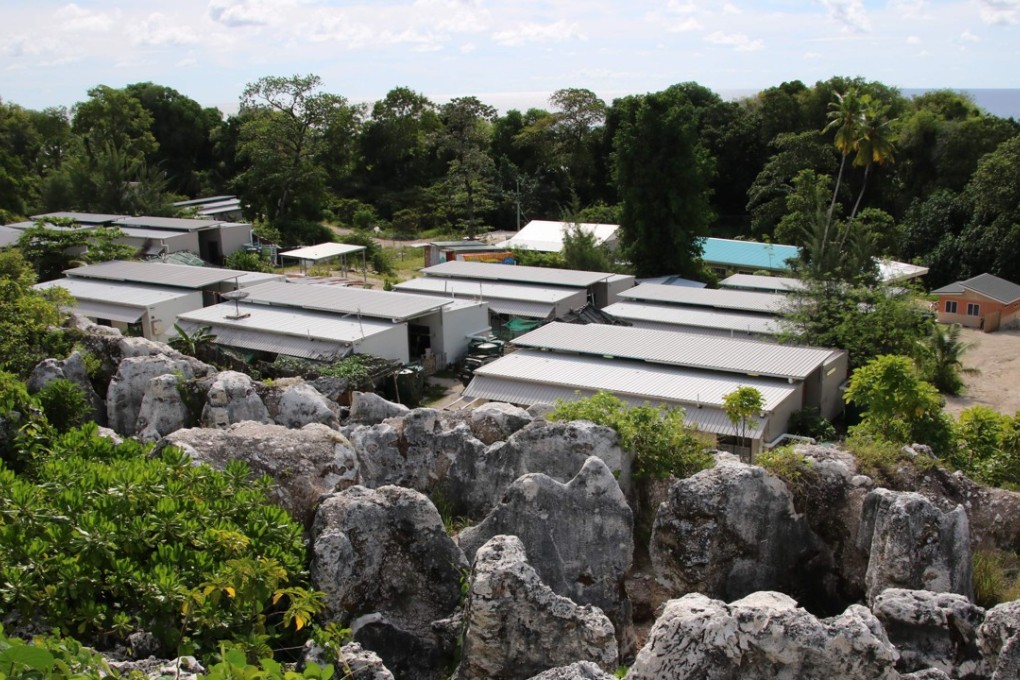Life for asylum seekers in Australia’s ‘Pacific Gulag’ on Nauru
Inhabitants are there against their will, subjects of a controversial deal between Nauru’s government and authorities in Canberra keen to avoid boatpeople setting foot on Australian shores

A cluster of prefabricated huts pokes out of Nauru’s sweltering rocky landscape to reveal refugee settlement camp number five, a place defined by desperation and rarely visited by outsiders.
Although access to the weed-infested camp is severely restricted, with the Nauru government seeking to prevent journalists from visiting the area, Agence France-Presse recently managed to enter and speak with detainees.
Inhabitants are there against their will, the subjects of a controversial deal between this island’s government and authorities in Canberra keen to avoid boatpeople setting foot on Australian shores.
Most are asylum seekers who tried to reach Australia by sea, but were detained and processed in compounds run by the Nauru government and paid for by Canberra under its hardline immigration policy.

A swastika spray-painted on a large water tank alongside initials “ABF” make clear the inhabitants’ views on the Australian Border Force, which helps oversee them.
Many are willing to speak only on condition of anonymity, but they describe existence on this remote speck of land in the South Pacific as devoid of hope, filled with desperation and of families living with the unbearable cloud of suicide attempts.